Italy. The word alone conjures images of cobblestone streets, sun-drenched piazzas, and gelato melting faster than you can savor it. But here’s the rub—the sheer abundance of iconic cities can feel less like a blessing and more like a headache when you’re plotting your very first trip. Where to begin? Rome’s eternal charm? Florence’s art-soaked alleyways? Venice’s labyrinthine canals? Each city is a universe packed with its own flavor, personality, and occasionally maddening tourist hordes.
Picking the best cities in Italy for a first-timer is both an art and a bit of a gamble. There’s no one-size-fits-all, but some spots naturally rise above the rest for their blend of history, culture, and that ineffable “Italy” vibe we all daydream about. The goal here isn’t just ticking boxes but soaking in the quintessential Italian experience—whether that’s the buzz of a bustling market, the quiet reverence of a centuries-old cathedral, or the effortless style of a café terrace at sunset.
So, if you want the gist of where to drop your bags first to get genuinely hooked on Italy, here’s a guide that pretty much covers the essentials without drowning you in options. Because, honestly, you can’t do it all, and that’s perfectly okay.
The Eternal Debate: Rome vs. Florence vs. Venice
Rome: The Overwhelming Magnificent Beast
Rome hits you like a double espresso on an empty stomach—intense, immediate, and slightly overwhelming until you find your rhythm. This city doesn’t ease you into Italian culture; it throws you headfirst into 3,000 years of history while someone on a Vespa nearly clips your shoulder.
I remember my first morning in Rome, jet-lagged and clutching a paper map (this was pre-smartphone GPS, don’t judge), standing in front of the Colosseum thinking, “Well, this is actually here.” The photos don’t prepare you for the sheer presence of these monuments. They’re not museum pieces—they’re living, breathing parts of a city that’s been continuously inhabited since before Christ had his morning coffee.
Why Rome works for first-timers:
- Everything you’ve seen in movies is actually there
- Public transport is decent (Roman standards, not Swiss)
- Enough English signage to prevent major disasters
- Pizza al taglio shops every fifty meters (this matters more than you think)
Why Rome might crush your soul:
- Tourist crowds that make Black Friday look peaceful
- Pickpockets with PhD-level skills in distraction
- Restaurant prices near major monuments that’ll make your credit card weep
- That thing where you think you’re walking to the Pantheon but somehow end up at Termini Station
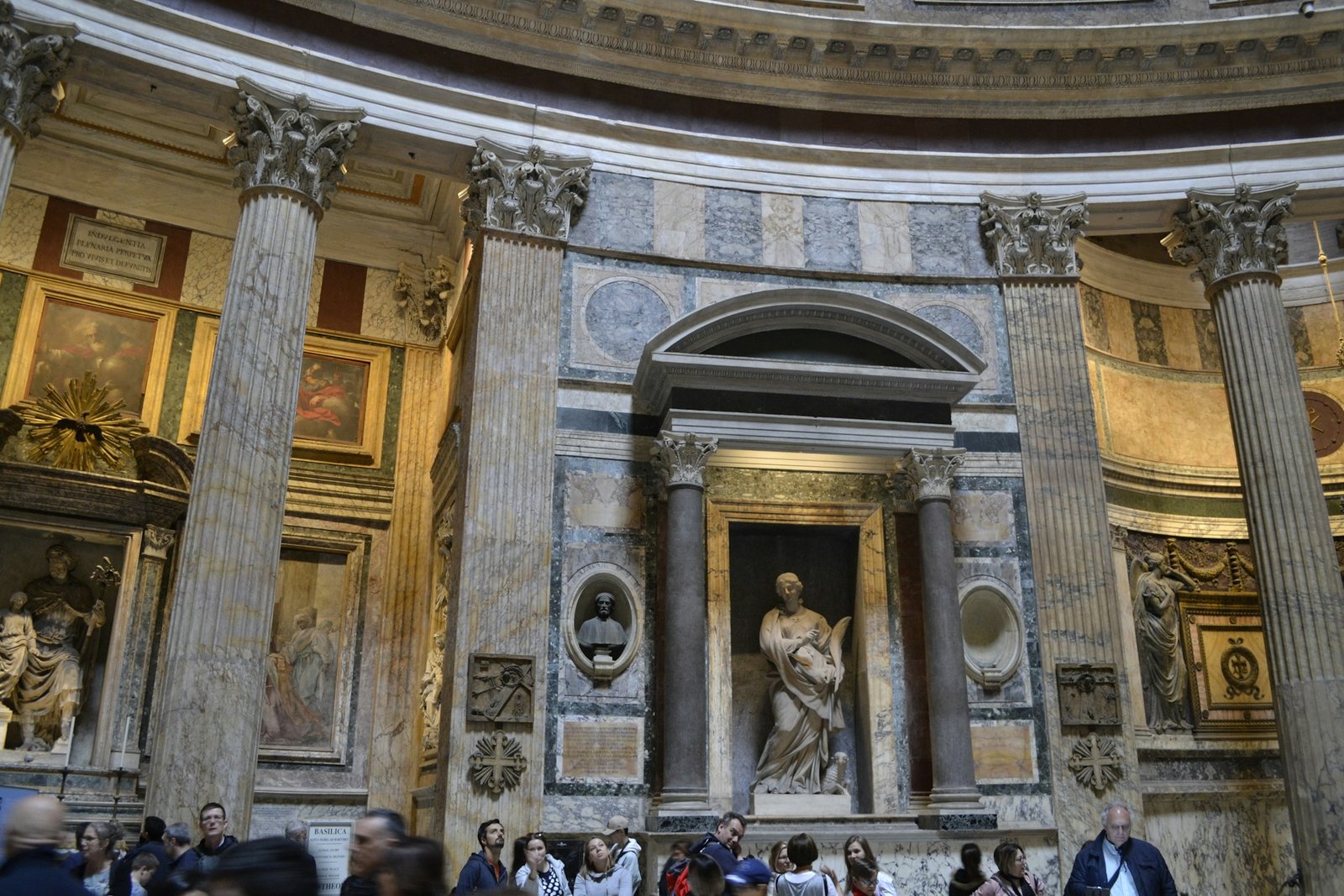
Florence: The Renaissance Masterpiece with a Size Complex
Florence feels like someone took all the world’s most beautiful art, architecture, and leather goods, then squeezed them into a city the size of a decent shopping mall. It’s intimate, manageable, and absolutely gorgeous—but also packed tighter than a Roman subway car in August.
The first time I walked across the Ponte Vecchio, I had that moment every traveler knows—when you realize the postcard wasn’t exaggerating. The Arno reflects the medieval towers, street musicians play Vivaldi while tourists fumble with camera settings, and somehow it all feels perfectly, almost impossibly, Italian.
Florence for first-timers:
- Walkable city center (everything’s close)
- Incredible art concentration per square kilometer
- Manageable size means less decision paralysis
- Gelato quality that’ll ruin you for life
Potential Florence frustrations:
- Summer crowds that turn the Uffizi into a slow-moving river of selfie sticks
- Limited late-night options (this isn’t Barcelona)
- Accommodation prices that reflect its UNESCO status
- That slightly museum-like feeling—beautiful but sometimes lacking spontaneity
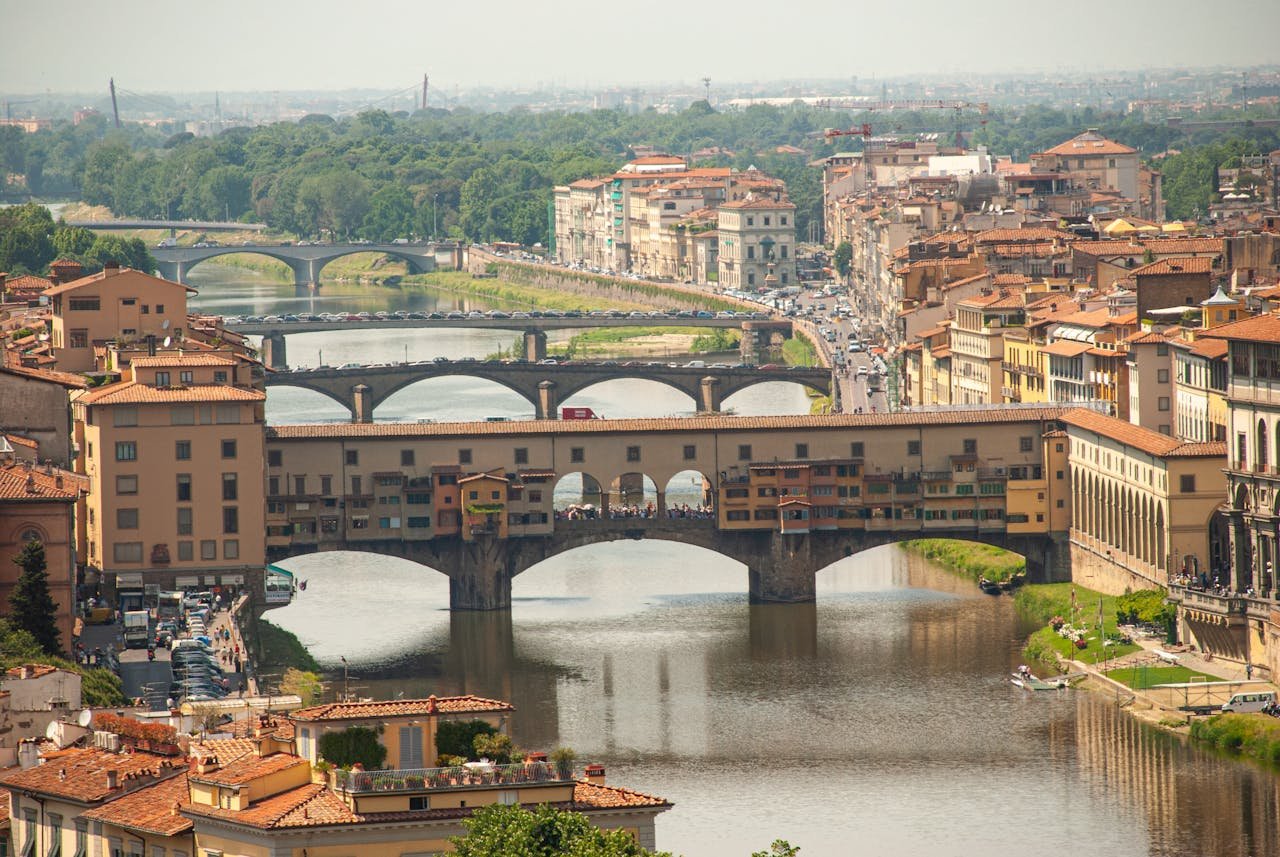
Venice: The Impossible City That Shouldn’t Exist
Venice is pure magic wrapped in logistical nightmares. It’s a city that defies physics, economics, and sometimes basic common sense—but delivers experiences you’ll be boring people with for decades.
My first Venice moment happened stepping off the train at Santa Lucia station. You expect canals, sure, but nothing prepares you for that first glimpse of the Grand Canal with water taxis buzzing around like aquatic Ubers. It’s Alice in Wonderland, but with more expensive coffee.
Venice advantages for newbies:
- Uniquely unforgettable (literally nowhere else like it)
- Compact and car-free (perfect for wandering)
- Every corner looks like a movie set
- Water bus system that’s actually fun to use
Venice reality checks:
- Prices that make Swiss mountain resorts look reasonable
- Summer heat and crowds that test human patience
- Easy to get lost (though some say that’s the point)
- Day-trip crowds that transform St. Mark’s Square into human soup
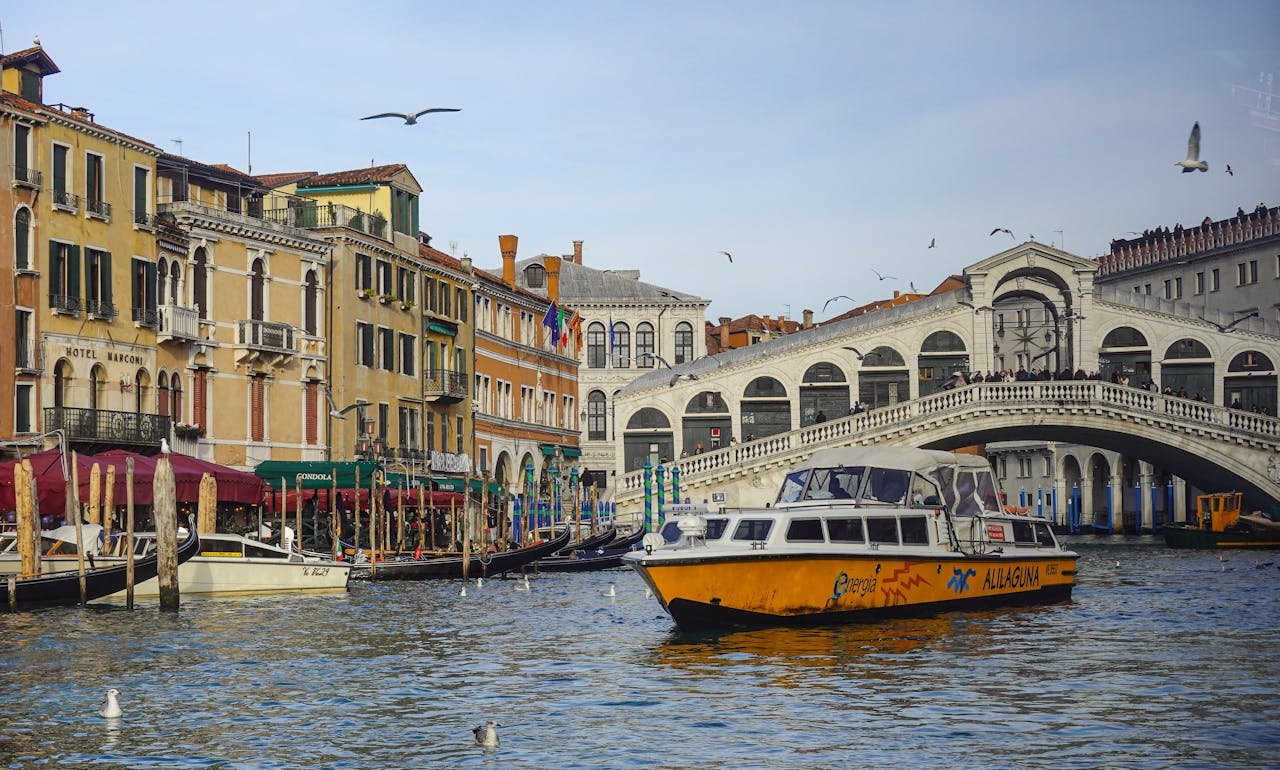
The Dark Horse Candidates
Milan: The Stylish Workhorse
Milan gets overlooked because it’s not “classically Italian” enough for first-timers. Big mistake. This city combines efficiency (rare in Italy) with world-class culture, incredible food, and shopping that’ll make your Instagram followers deeply jealous.
The Duomo alone justifies the trip—it’s like someone decided to build a cathedral out of pure architectural ambition and lace. Plus, Milan actually functions like a modern European city, which can be refreshing after wrestling with Roman public transport.
Milan for first-time Italy visitors:
- Excellent public transport system
- Less touristy, more authentic daily life
- Fashion and design scene that’s genuinely world-class
- Easy connections to Lake Como and the Alps
Naples: The Wild Card
Naples is Italy with the volume turned up to eleven. It’s chaotic, intense, authentic, and absolutely not for everyone—but those who connect with it become evangelical about its charms.
This is where pizza was invented, where the coffee is strongest, and where organized chaos somehow results in incredible food and unforgettable experiences. Naples doesn’t try to be tourist-friendly; it just is what it is, take it or leave it.
Visit the official Naples tourism website for authentic local experiences and restaurant recommendations.
The Verdict (Sort Of)
After all this rambling, you probably want me to just pick one. Fine. If I’m putting someone on their first plane to Italy and can only choose one city, it’s Florence.
Here’s why: Florence gives you maximum Italy with minimum overwhelm. You get Renaissance art, incredible food, beautiful architecture, and manageable logistics. It’s big enough to explore but small enough to master. You can walk everywhere, the train station connects easily to other cities, and it feels authentically Italian without being intimidatingly chaotic.
But—and this is important—the “best” city depends entirely on what kind of traveler you are.
Choose Rome if: You want the full epic experience and don’t mind crowds Choose Florence if: You prefer manageable beauty with world-class art Choose Venice if: You want pure magic and have a healthy credit limit Choose Milan if: You appreciate efficiency and contemporary culture Choose Naples if: You like your travel experiences unfiltered and intense
Practical First-Timer Tips
Getting Around Italy
The train system connects major cities beautifully. Book tickets through Trenitalia or italio for high-speed connections between cities.
Where to Stay
- Budget: Look for family-run pensioni or hostels
- Mid-range: Small boutique hotels or well-located B&Bs
- Luxury: Historic palazzos converted to hotels
Essential Apps and Tools
- Google Translate (download Italian offline)
- Citymapper (works in major Italian cities)
- TheFork (restaurant reservations)
- Trainline (easy train ticket booking)
Money Matters
Italy uses the Euro, and while cards are increasingly accepted, cash is still king for small purchases, gelato, and many restaurants. Always carry some cash.
Sample First-Timer Itineraries
5 Days: Florence Focus
- Days 1-3: Florence (Duomo, Uffizi, Ponte Vecchio, food markets)
- Day 4: Day trip to Siena or San Gimignano
- Day 5: Chianti wine region or return to Florence
7 Days: Classic Triangle
- Days 1-2: Rome (Colosseum, Vatican, Roman Forum)
- Days 3-4: Florence (museums, architecture, food)
- Days 5-7: Venice (canals, islands, getting pleasantly lost)
10 Days: Grand Tour Light
- Days 1-3: Rome
- Days 4-5: Florence
- Days 6-7: Venice
- Days 8-10: Choose between Milan, Naples, or Italian Riviera
Food: The Universal Italian Language
Regardless of which city you choose, the food will be revelatory. But here’s what I wish someone had told me: lunch happens late (1-3 PM), dinner happens later (8-10 PM), and ordering a cappuccino after dinner marks you as unmistakably foreign.
Each city has specialties worth seeking out:
- Rome: Cacio e pepe, carbonara, supplì
- Florence: Bistecca alla fiorentina, ribollita
- Venice: Cicchetti, fresh seafood, Aperol Spritz
- Milan: Risotto alla milanese, cotoletta
- Naples: Pizza margherita, sfogliatelle, espresso that’ll rewire your nervous system
The Honest Truth About First-Time Italy
Your first trip to Italy will not go according to plan. Trains will be delayed, restaurants will be closed for mysterious reasons, and you’ll spend at least one afternoon completely lost. This isn’t a bug—it’s a feature.
Italy teaches you to slow down, to savor unexpected discoveries, to appreciate the art of doing things beautifully rather than efficiently. Your best memories probably won’t come from ticking boxes on your must-see list; they’ll come from those unplanned moments when Italy works its particular magic.
So pick a city—any city—and go. Italy will take care of the rest.
Top Travel Recommendations for Your Italian Journey
Booking Platforms:
- Booking.com – Comprehensive accommodation options with flexible cancellation
- Airbnb – Great for authentic neighborhood experiences and apartment rentals
Transportation:
- Trainline – Easy English-language booking for Italian trains
- Rome2rio – Multi-modal journey planning across Italy
- BlaBlaCar – Ridesharing option for reaching smaller destinations
Cultural Sites:
- GetYourGuide – Skip-the-line tickets and guided tours for major attractions
- Viator – Food tours and local experiences
- Context Travel – Scholar-led cultural walks
Technology:
- Google Translate app with camera function – Essential for menus and signs
- Citymapper – Public transportation navigation for major Italian cities
- Maps.me – Offline maps that work without data connection
Food & Dining:
- OpenTable – Restaurant reservations in major cities
- TheFork – European restaurant booking platform with local insights
- Slow Food – Directory of authentic, local dining experiences
- Away Travel – Durable luggage designed for European travel
- Pacsafe – Anti-theft bags perfect for crowded tourist areas
- REI Co-op – Comfortable walking shoes essential for cobblestone streets
Money & Budget:
- Wise – Multi-currency debit card with excellent exchange rates
- XE Currency – Real-time exchange rate tracking
The truth is, there’s no wrong choice among Italy’s incredible cities. Each one offers something unique, and even a “bad” day in Italy usually involves excellent coffee, stunning architecture, and food that makes you question why you ever ate anywhere else.
Your first Italian trip is really about falling in love with the country so you’ll definitely want to come back. Pick 2-3 cities that excite you most, book that plane ticket, and prepare for one of those trips that changes how you see travel—and maybe how you see life.
Frequently Asked Questions
Which Italian city is best for first-time visitors? Answer: Rome offers the most comprehensive first-time Italy experience, combining iconic historical sites like the Colosseum and Vatican with excellent food and manageable tourist infrastructure.
How many days do you need in each Italian city? Answer: Plan 3-4 days for Rome, 2-3 days for Florence, 2 days for Venice, and 2 days each for smaller cities like Bologna or Verona to avoid rushing through major attractions.
What’s the best way to travel between Italian cities? Answer: High-speed trains are the most efficient option, connecting major cities in 2-3 hours. Book through Trenitalia or Italo for comfortable, punctual service between destinations.
Is it expensive to visit Italian cities as a first-time tourist? Answer: Costs vary significantly by city and season. Rome and Venice tend to be most expensive, while Bologna and Naples offer better value. Budget €80-150 per day including accommodation, meals, and attractions.
What should I pack for visiting multiple Italian cities? Answer: Pack comfortable walking shoes for cobblestone streets, layers for varying weather, a day bag for sightseeing, and modest clothing for visiting churches and religious sites.
Do I need to speak Italian to visit Italian cities? Answer: English is widely spoken in tourist areas of major cities, though learning basic Italian phrases enhances your experience. Translation apps help with menus and local interactions.
Which Italian cities have the best food scenes? Answer: Bologna is considered Italy’s culinary capital, while Naples invented pizza. Rome excels in traditional dishes, and Milan offers international cuisine alongside Italian classics.
Are Italian cities safe for solo travelers? Answer: Major Italian cities are generally very safe for solo travelers, with standard urban precautions recommended. Tourist areas are well-patrolled, and locals are typically helpful to visitors.
What’s the best time of year to visit Italian cities? Answer: April-May and September-October offer ideal weather with fewer crowds. Summer brings heat and tourist hordes, while winter provides budget-friendly options with cooler temperatures.
How do I avoid tourist traps in Italian cities? Answer: Eat where locals eat (avoid restaurants near major attractions), book attraction tickets in advance, explore neighborhoods beyond tourist centers, and ask locals for recommendations.
Which Italian cities are most walkable for tourists? Answer: Florence is completely walkable, Venice requires walking (no cars allowed), and historic centers of Rome, Bologna, and Verona are pedestrian-friendly with good public transportation.
Do Italian cities require advance booking for attractions? Answer: Yes, major attractions like the Vatican Museums, Uffizi Gallery, and Doge’s Palace require advance booking, especially during peak season, to avoid long queues and disappointment.
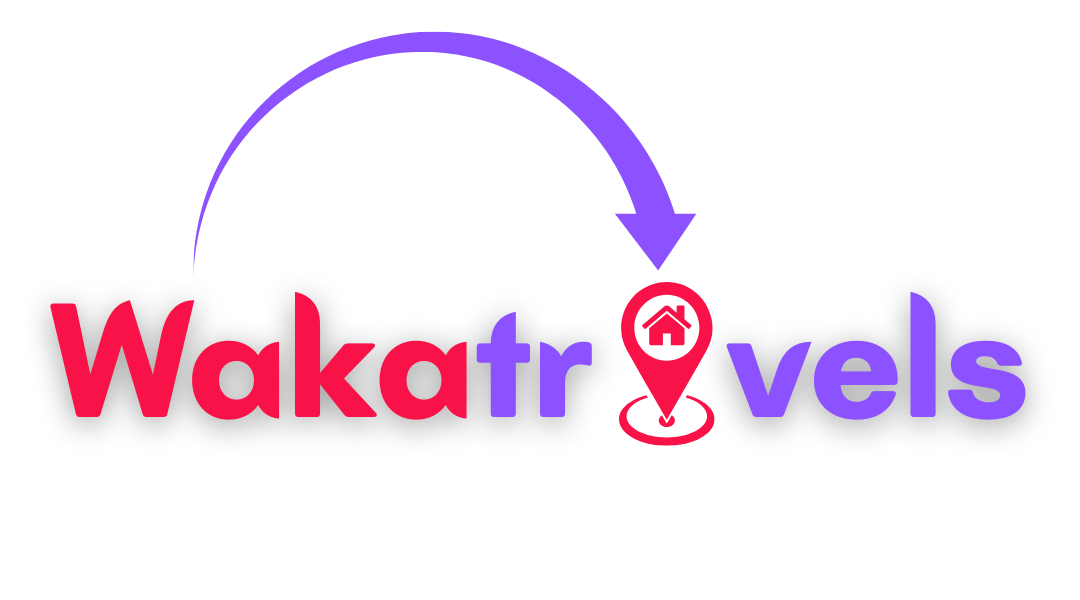
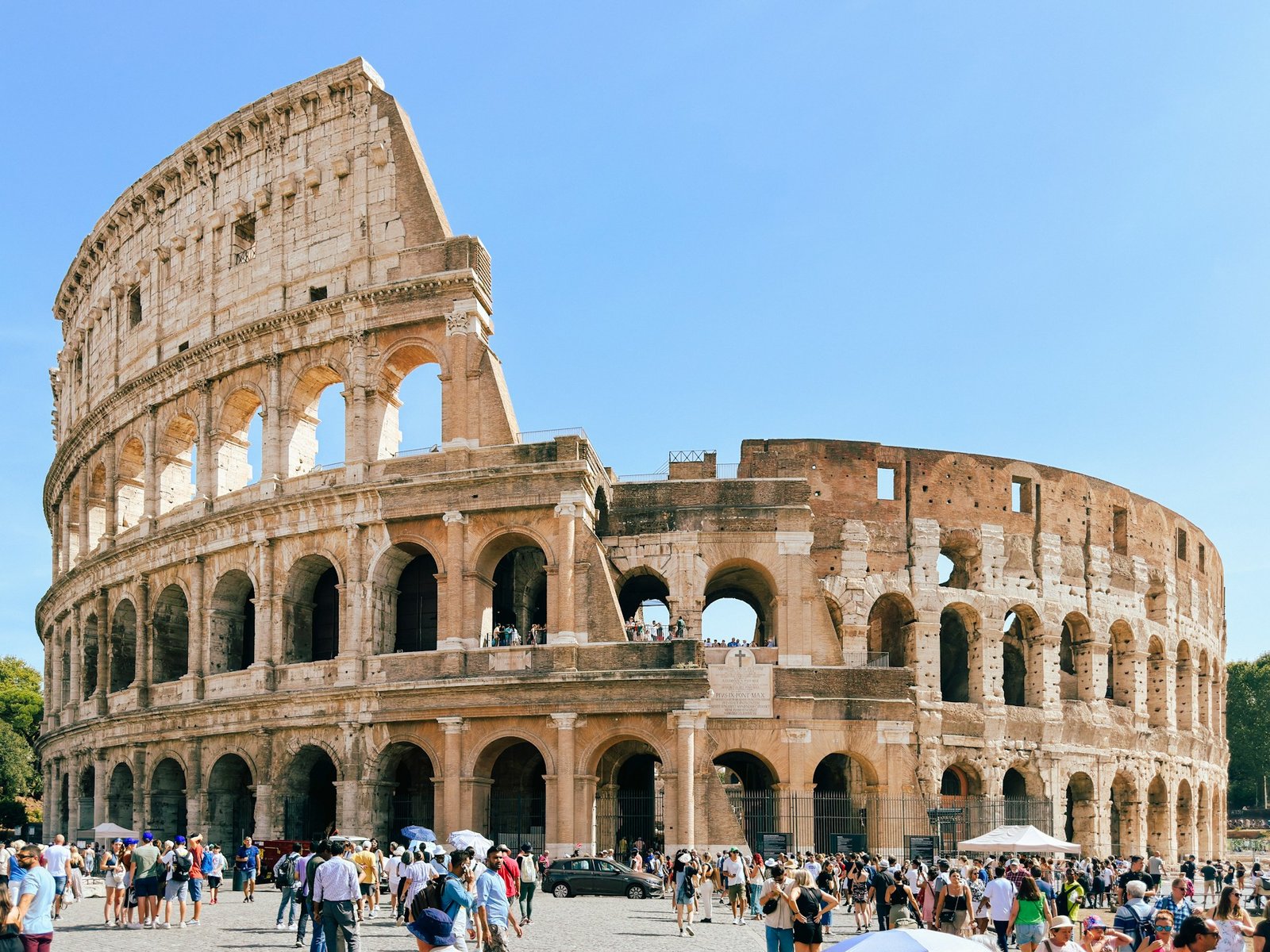


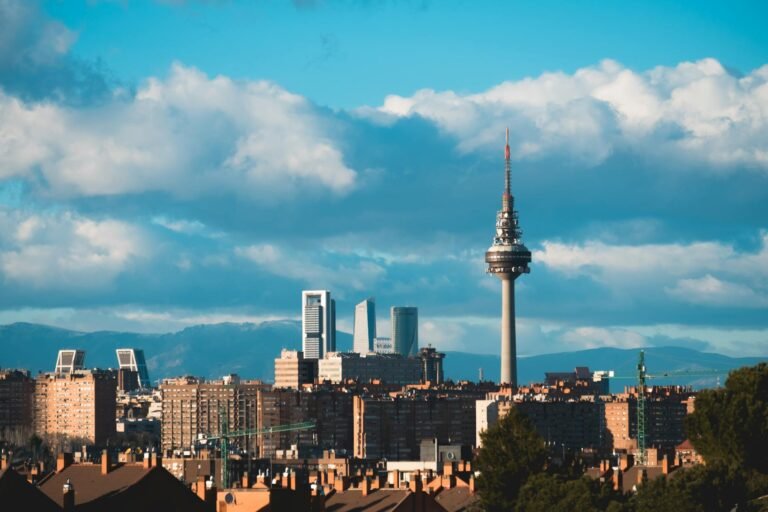
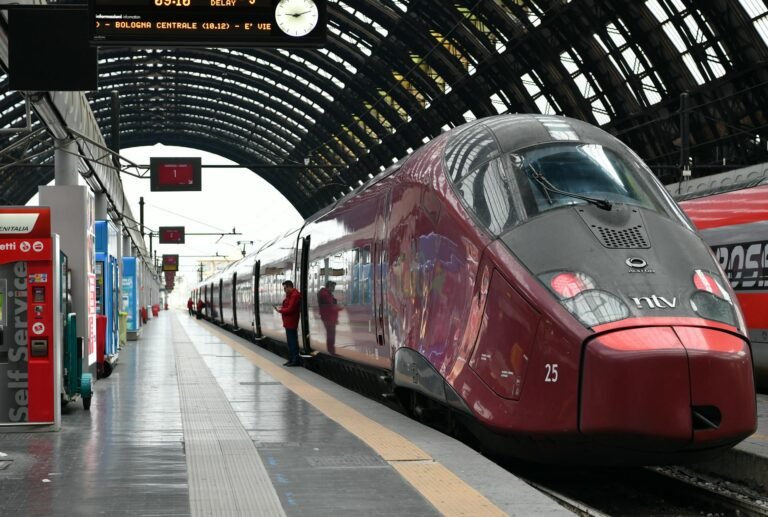
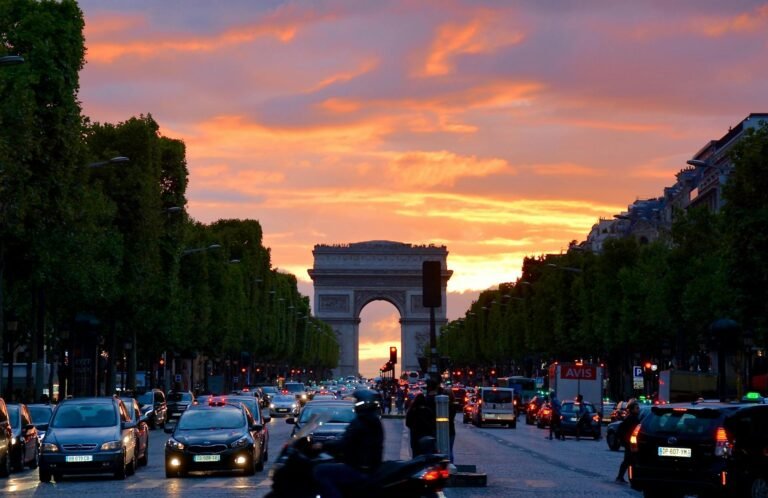
Thank you for your sharing. I am worried that I lack creative ideas. It is your article that makes me full of hope. Thank you. But, I have a question, can you help me?